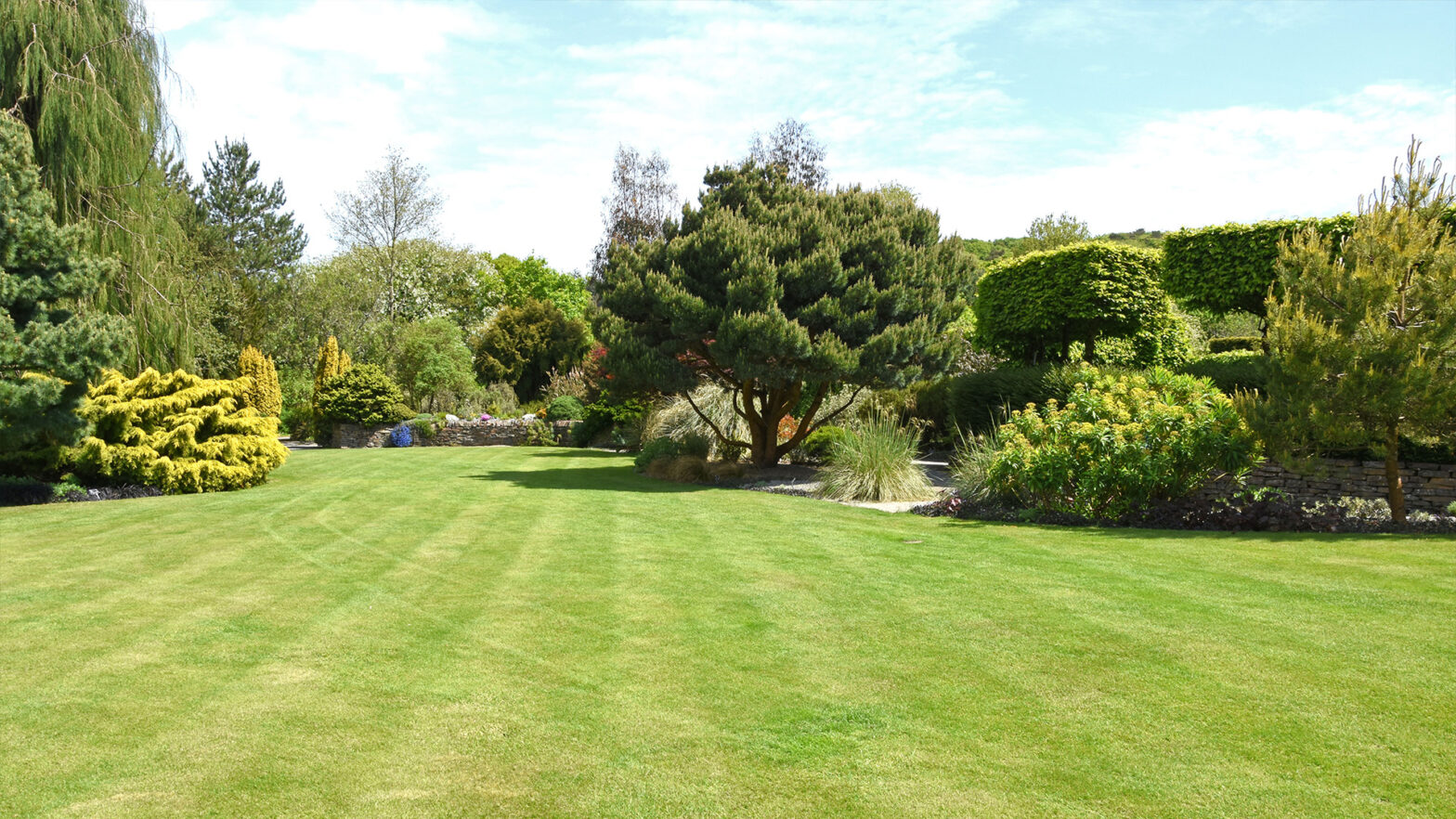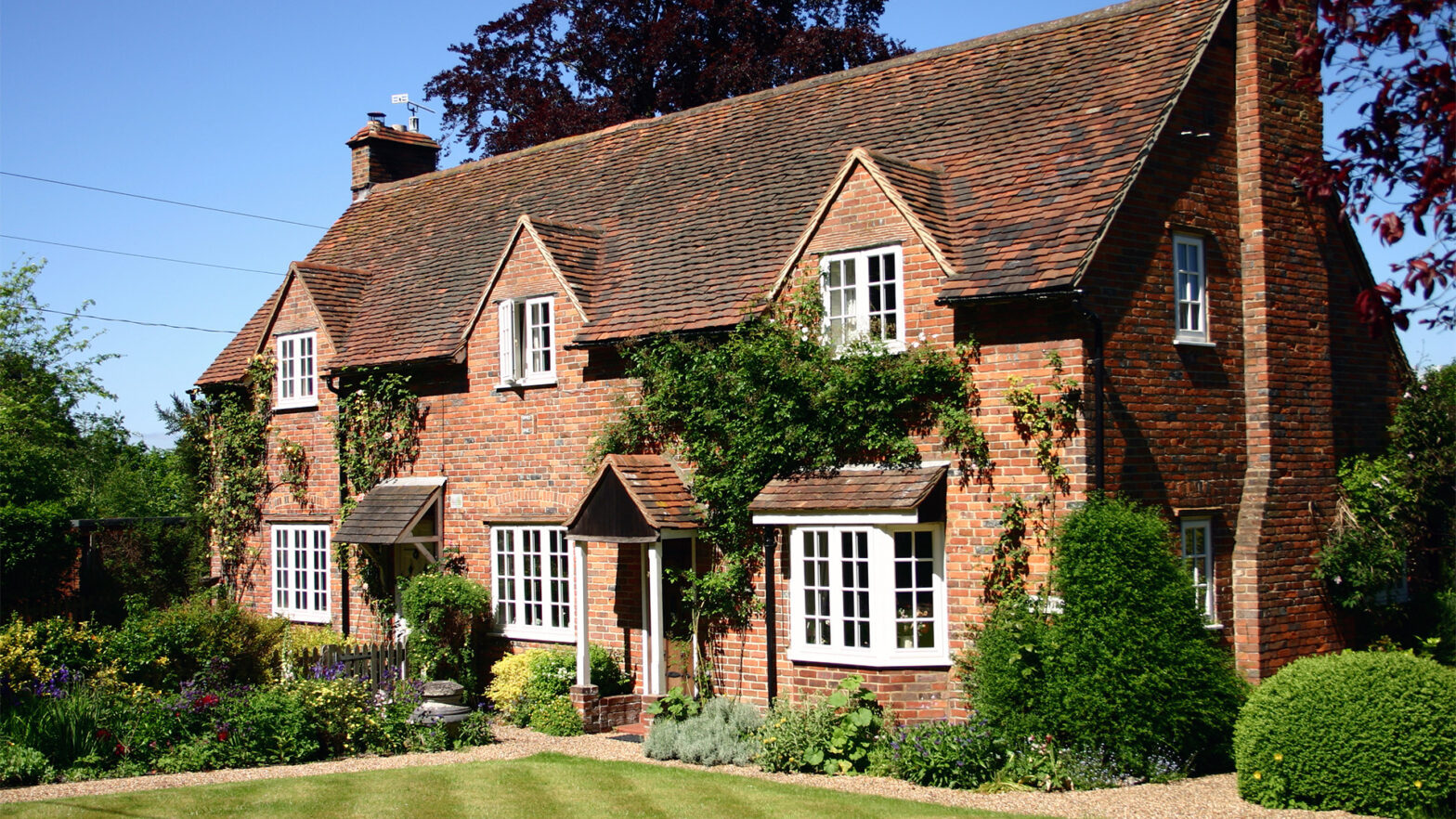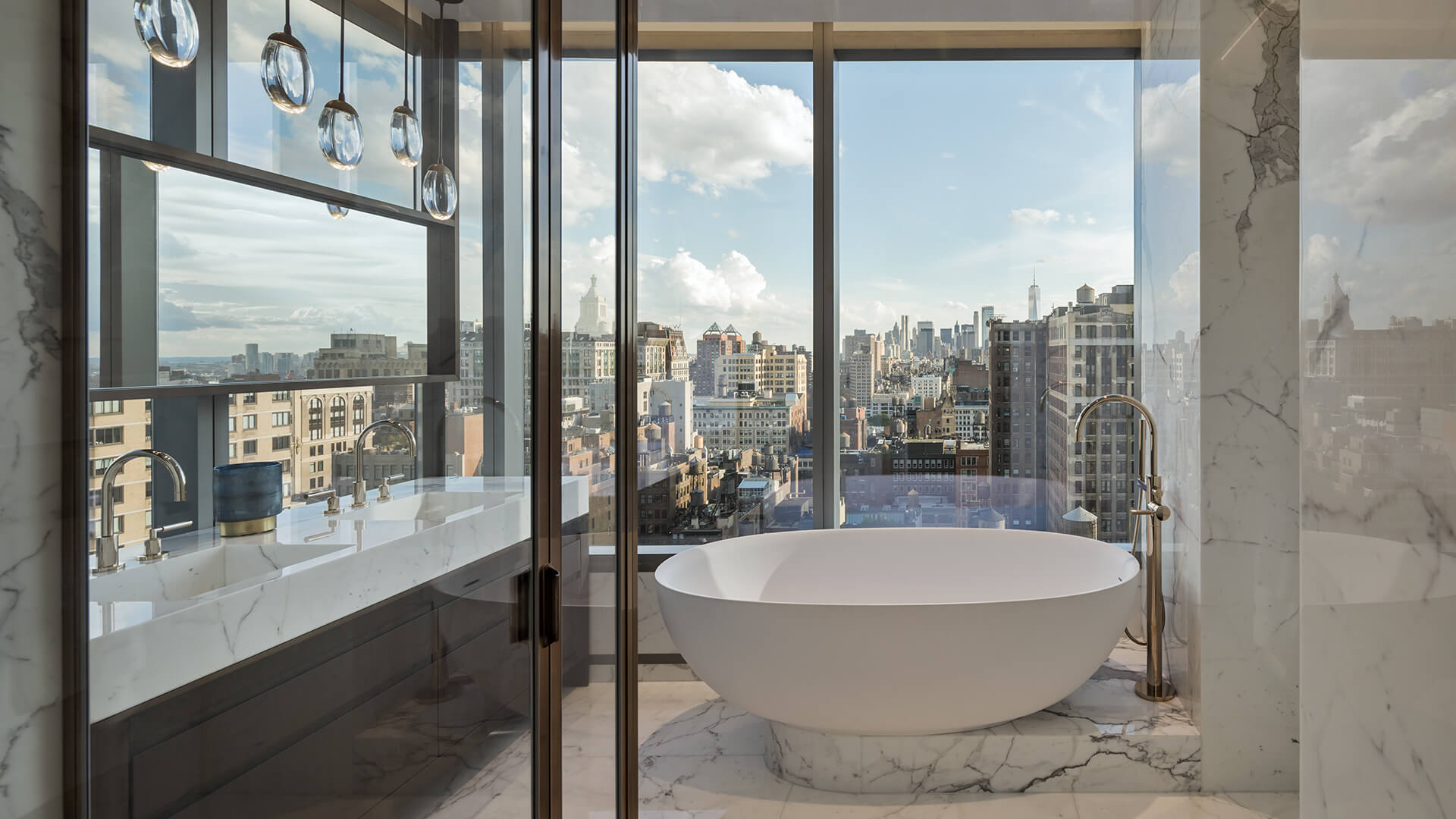
Design as Architecture
Plainspace Architecture and Design DPC is a specialised residential and commercial architecture, interior and design firm based in and out of New York City. Following the firm’s recognition in the 2019 Leading Designers program, where it received the ‘Award for Excellence in Innovation’, we spoke with Principal and Founder, Angelica M. Ruano, and Co-Founder Marc J. Albertin to find out more about their exemplary approach to design.
There’s an unmistakable quality that defines Plainspace’s work. It’s found in the careful arrangement of the working space, and an awareness of the area as a three-dimensional environment. As such, every element seems purposeful, contributing to a very specific feel, atmosphere, and vision. There’s something simply enticing about it all that marks the firm as different. In the luxury sphere it’s a quality that cannot be overstated in its appeal and has certainly served Plainspace well when it comes to forging an almost peerless reputation. It’s all particularly impressive when you consider that Plainspace found its beginning and has thrived in the ubercompetitive Manhattan market.
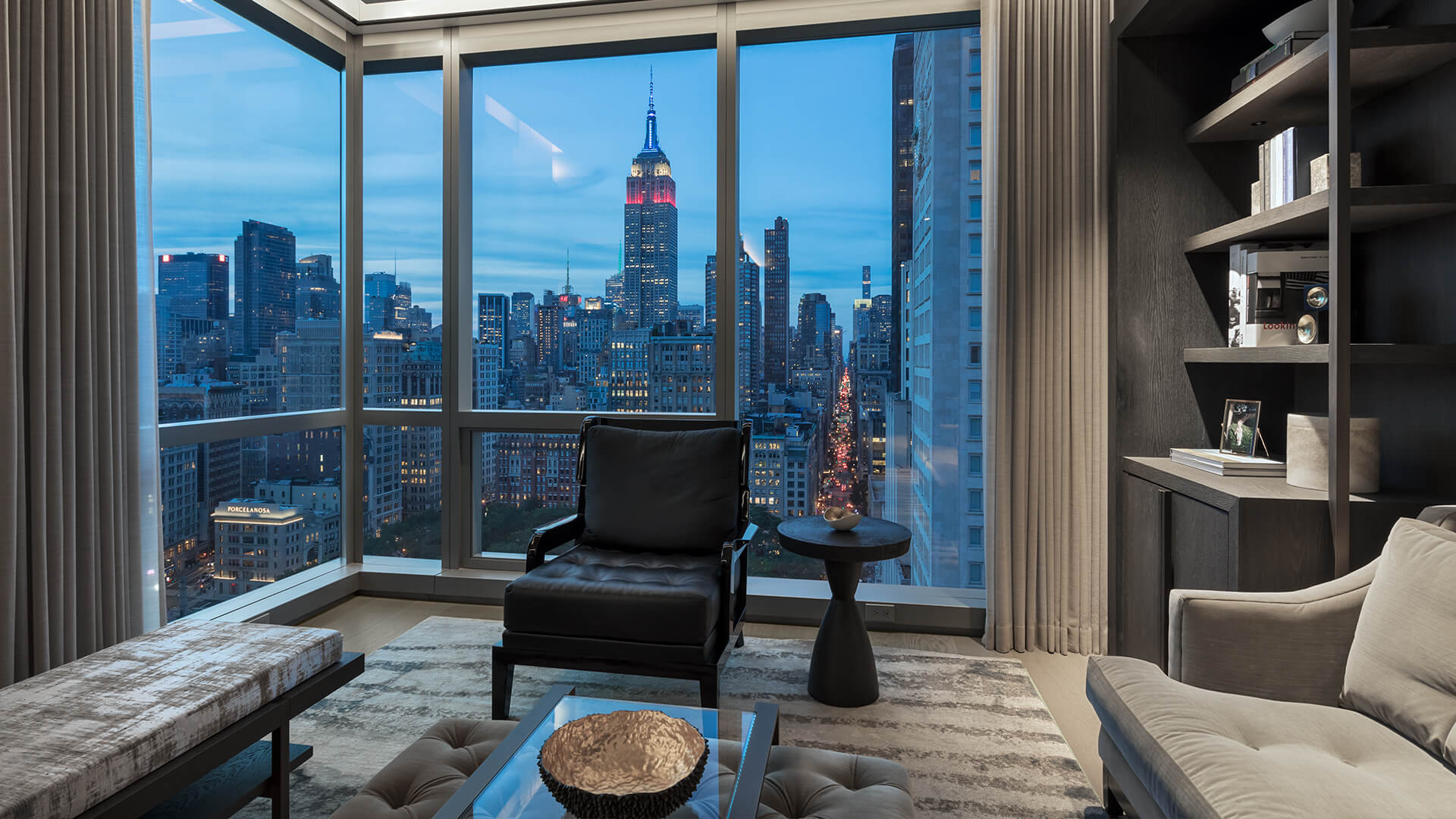
Where Plainspace excels, however, is in its efforts to meet client expectations and needs, as Angelica explains. “The firm invests heavily in personally guiding our clients through the design and execution process of all projects, regardless of the size.
“This personal and dedicated attention to detail leads to the understanding of our clients’ needs and to, eventually, successful relationships and projects. As part of this, we work heavily with three-dimensional representation to ensure our clients understand, and can visualise, the projected outcome as clearly as possible.” Today, they celebrate a client base that includes RIMOWA and Chanel Beauty, among their many private clients.
This ethos for client-centricity is very much ingrained into all echelons of the company, acting as a true cornerstone to their specialised and carefully curated approach. The basis of this thinking begins with the staff of Architects, “We start with an office manual which describes employee requirements and the expectations from our office. However, we work as a kind of family and mentorship approach where we train our employees to understand all aspects of what it takes to complete a highly detailed project in our office.”
Perhaps unusually for a design firm, Plainspace only hires Architecture graduates, and each employee is trained as a traditional Architect. This certainly goes some way in explaining the firm’s unique portfolio, that aims to reinvent the space and its unique details, rather than merely decorate it.
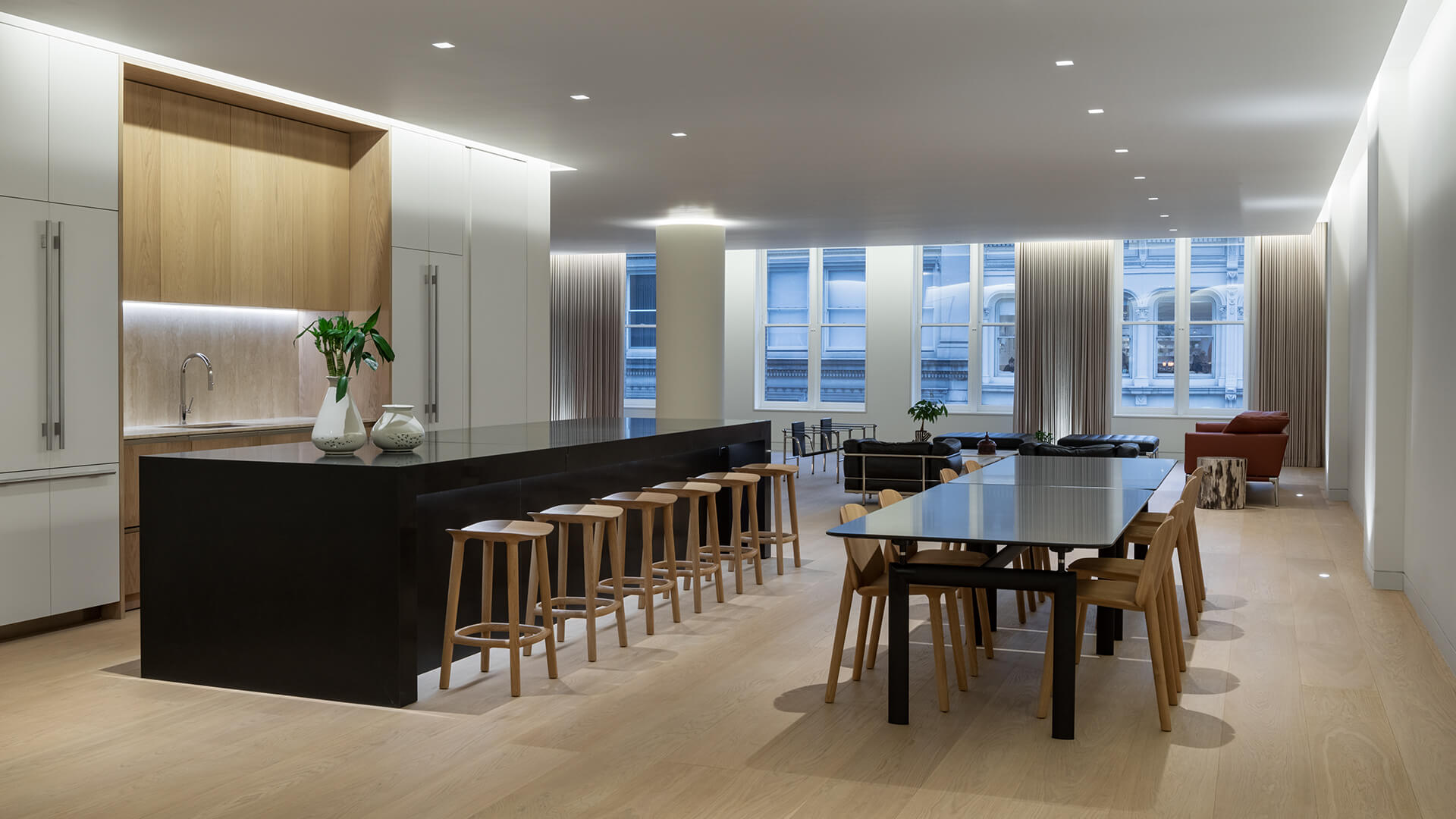
Here Marc continues, “Architects go through very strict and comprehensive educational programs that include not only Architectural Design, History of Architecture and the Arts while at school, but also a technical education in the construction field while working.
“Because of this, and because our employees already have a strong design background, we further this education with an awareness of craftsmanship in construction, the importance of lighting design and an appropriateness of materials for each project, so every employee ends up with a comprehensive understanding of the built environment.
“We take the same care to ensure our employees are exposed to all aspects of the process so we can trust that they each make educated decisions in the context of the whole project. This way we develop knowledgeable employees that are very dedicated to their work and results in high quality projects and very satisfied clients whose expectations are exceeded.”
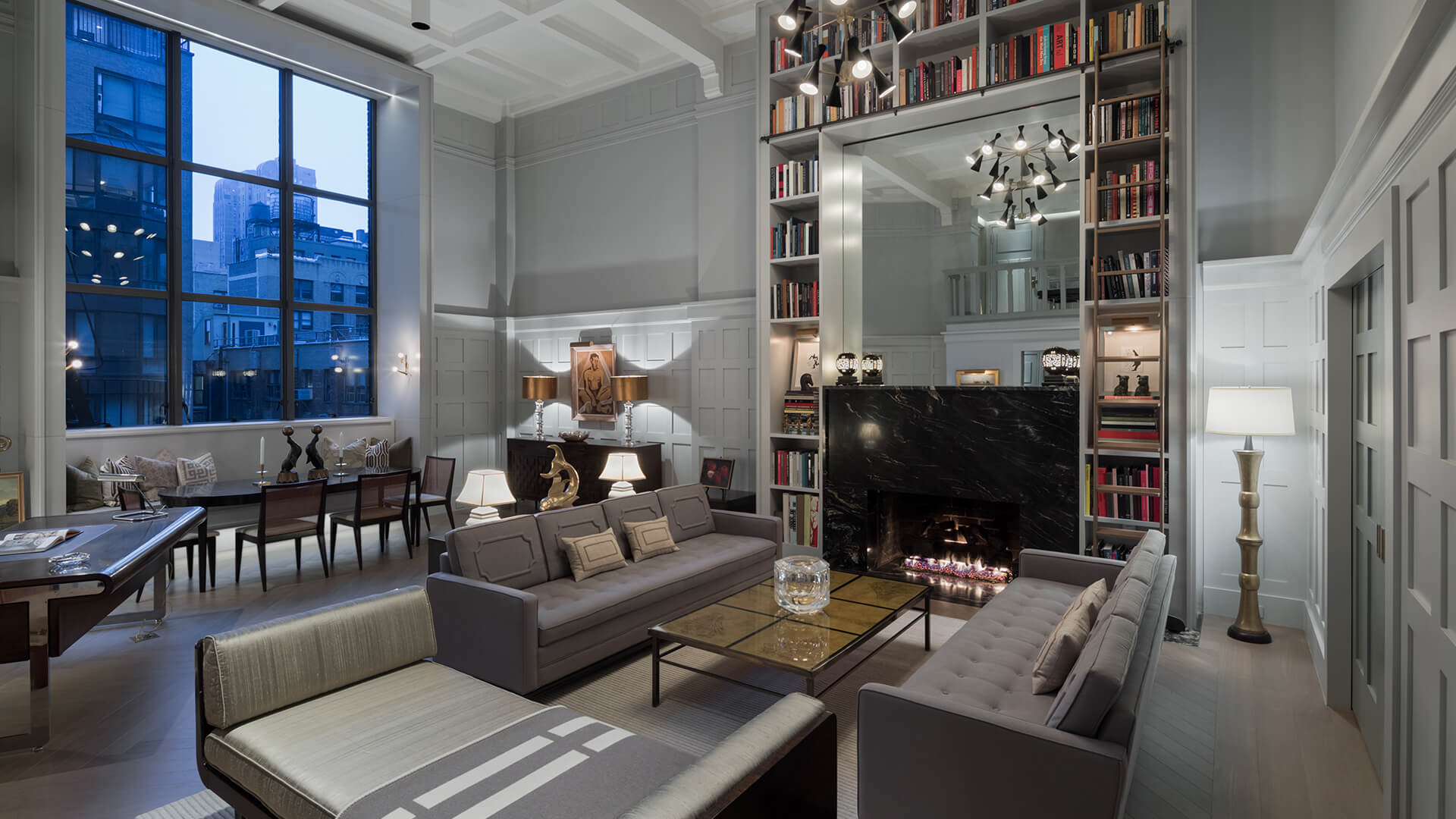
Working primarily in Manhattan, Plainspace are at the very forefront of a market that is fast-moving and constantly developing. “One major development which impacted us in a negative way was the slow down in the growth of retail projects. Originally, 40% of our work was in the commercial sector, but today, it is sitting around 10%. Many of the brands we worked with in the past decided to slow down their physical growth and dedicate efforts to increase their online sales.
“This slowdown in the retail field led us to reach out for an increase in residential clients and to pursue larger scale residential work. Additionally, we are tapping into the local, smaller ‘up and coming’ commercial and retail brands.”

Unsurprisingly, considering their dedication to the client experience, Plainspace forge their own path through the market, taking care to avoid following trends for the sake of following trends.
“We are very specific about not following trends, and instead focus on tending to the particular client’s needs and requirements with a more sustainable and longlasting design. As we are trained as architects, we see our projects as three-dimensional problem solving that will work for years to come for our clients.
“We never treat our projects as surfaces to be decorated or quick fixes, but as complete spaces that function together to form a cohesive assemblage.”
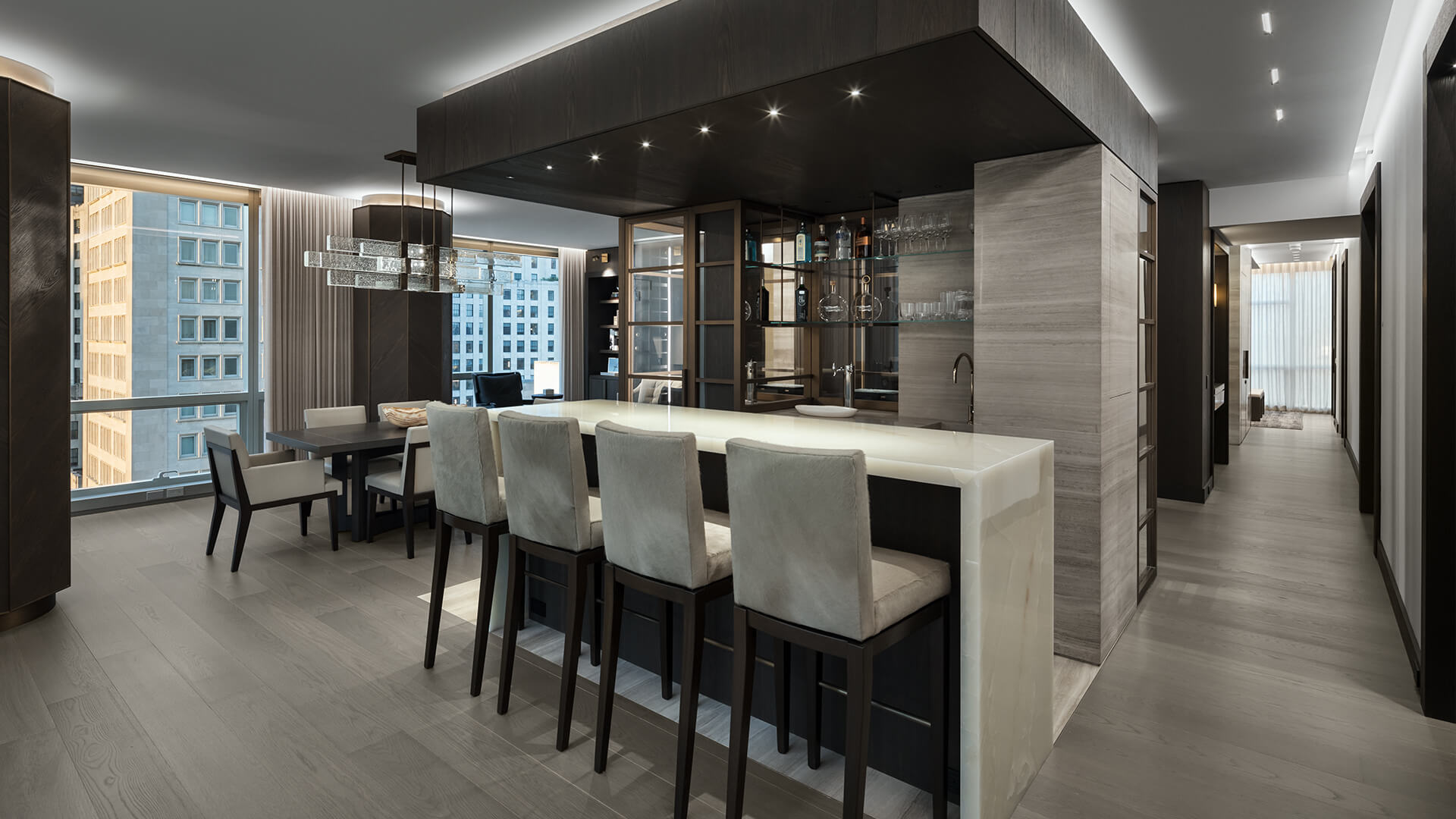
“Our interior designs start out with an architectural concept with material selections and details that support this concept. In this, we very often are requested to design all aspects of the project to the most minute details of hardware and joinery, sometimes even selecting cutlery and artwork.
“We always work in a participatory fashion with our clients where we encourage their collaboration with the design process. When they participate, they get excited and will in almost all cases feel ownership of the outcome” Marc adds.
Finally, in her closing comments, Angelica offers more insight into the future of Plainspace as they look to expand their network across the United States. “One of our main goals is to expand to the West Coast and promote our traditional expertise in Architectural Design, Interior Design and Construction into other markets.
“We are looking into creating ground up buildings and complete projects of the turnkey variety with the same attention to detail and intensity as our current projects. It’s all in the works and we’ll keep everyone posted.”










